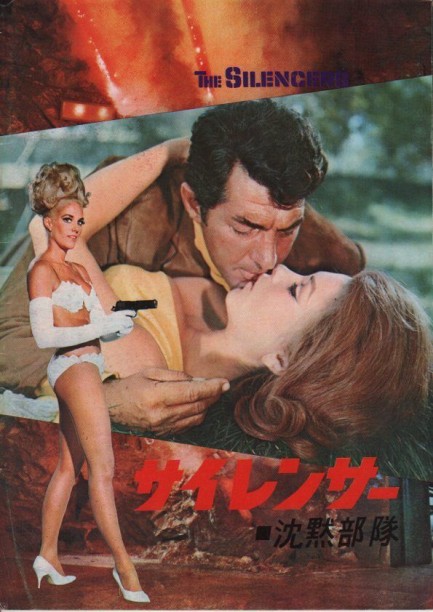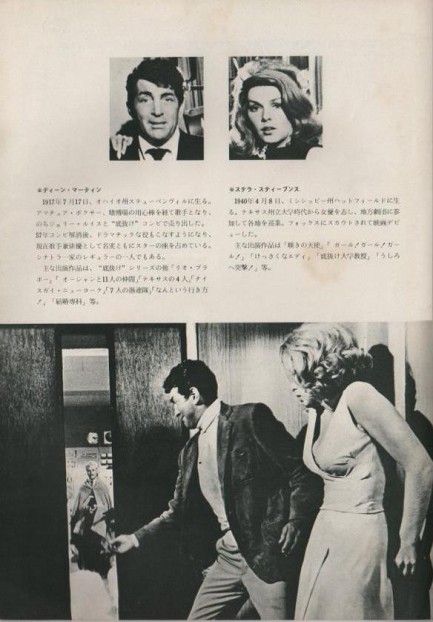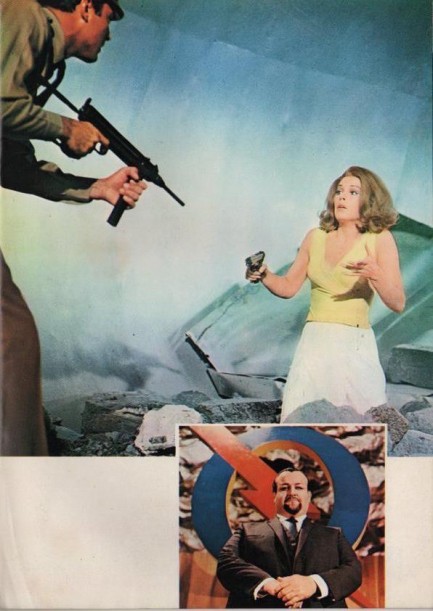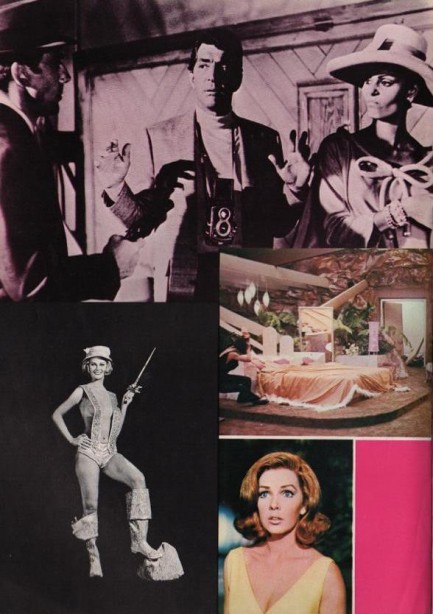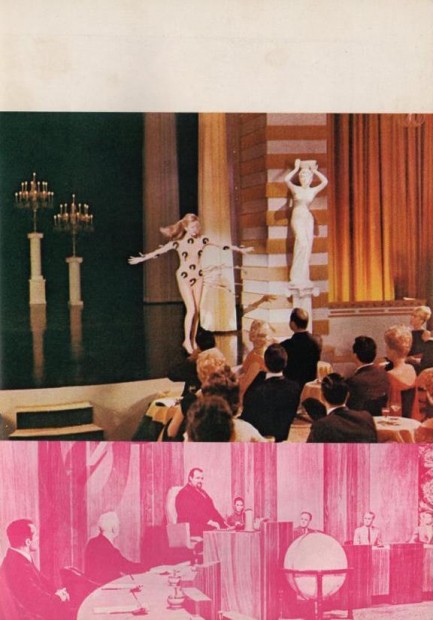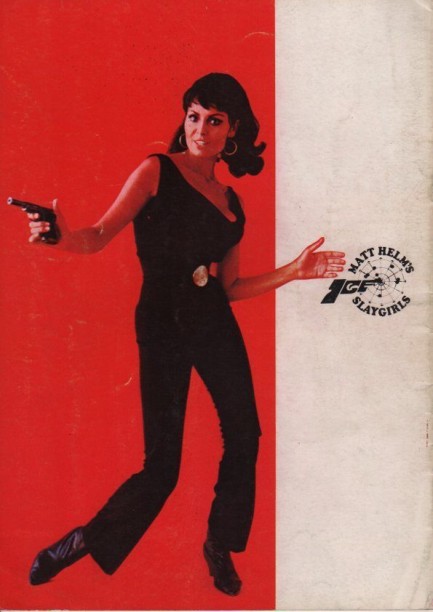 Umpteenth Bond riff is cuter than most but a lot dumber too. 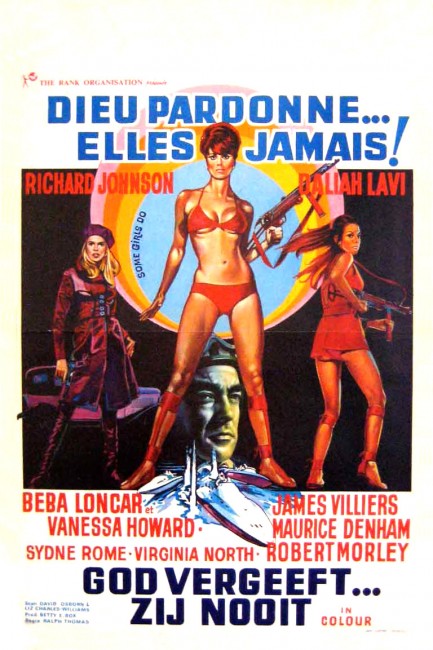
The Bond franchise could be the most imitated in cinema history. Most of the copycats came during the late 1960s. The serious ones are often unwatchable, but the tongue-in-cheek varieties sometimes manage to entertain. The most entertaining aspect of the Bond inspired Some Girls Do is the theme song by Lee Vanderbilt. Which is not a knock on the movie. It's just that the song is that good. We immediately went searching for a version to have as our very own but there isn't one, at least not one from the film, or one without serious sound issues. We're going to keep looking, though. The movie has another plus—the above promo poster made for Belgium, where it was known by the Dutch title God vergeeft... zij nooit, and the French title Dieu pardonne... elles jamais!
As far as the actual film goes, it stars Richard Johnson as Hugh Bond—er, we mean Hugh Drummond—and he's sent to deal with unknown forces determined to stop the development of the world's first supersonic airliner. You get beautiful women with shady intentions, spy gadgets of dubious efficacy, robot femmes fatales, and a super villain hiding in his (almost) impregnable lair. Johnson is reprising his role from 1967's Deadlier than the Male, another pretty cute, marginally enjoyable Bond copy, but here sequelitis has set in—which is to say, this movie is not quite as charming, nor as funny, nor as thrilling as the first. So ultimately, while some girls do, some movies don't, and most viewers shouldn't. Not unless you have a seriously unquenchable ’60s spy movie thirst. If so, Some Girls Do might do the trick. 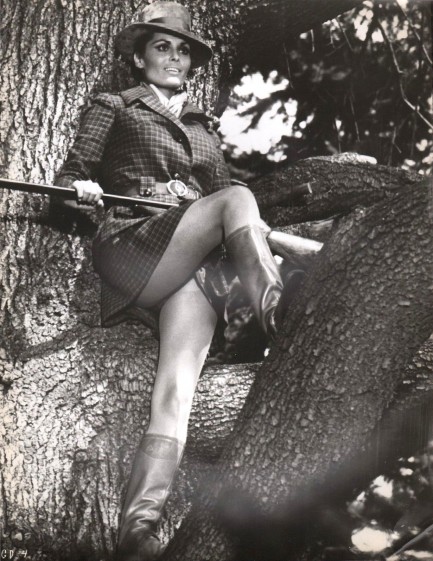 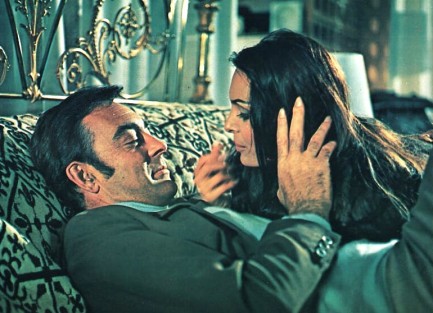  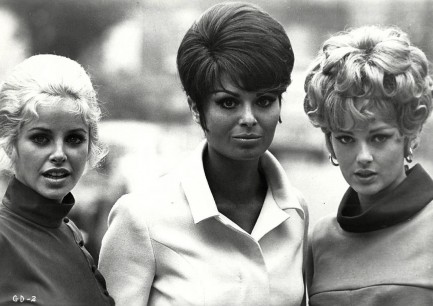 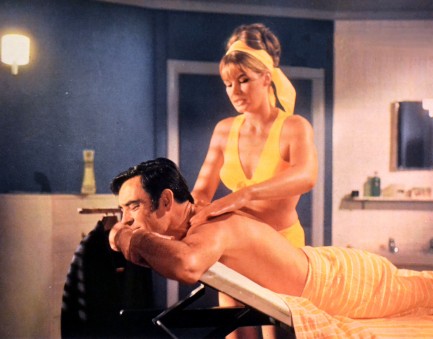   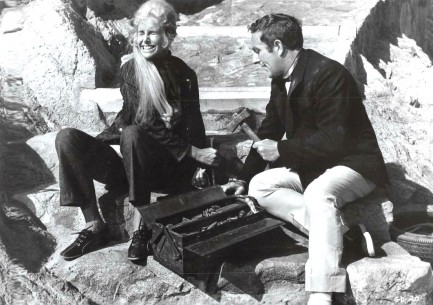 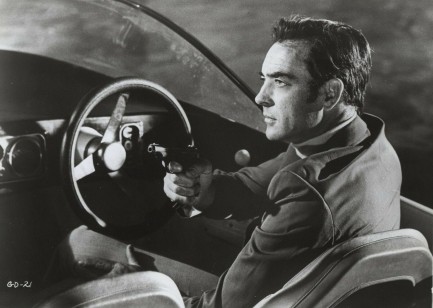  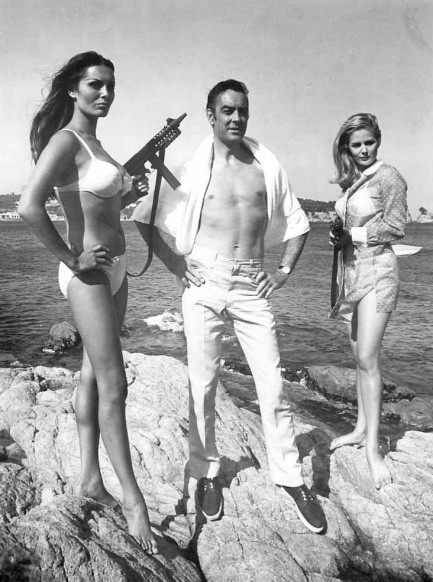 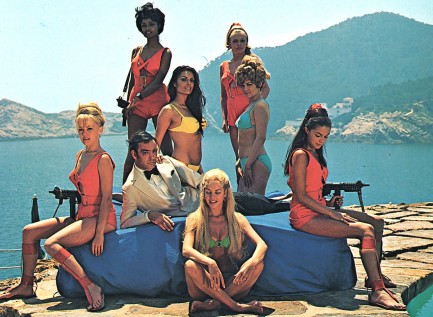
 When she tells someone to sleep well she means forever. 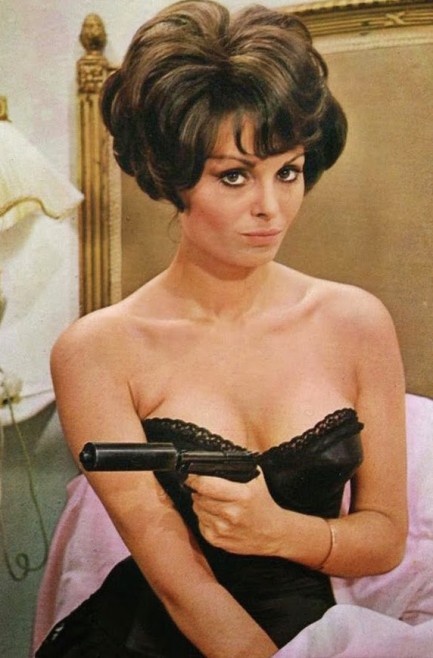
Above, a colorized shot of Israeli actress Daliah Lavi in character as Princess Natasha Romanova in 1966's The Spy with a Cold Nose, which as you can probably guess is about a dog turned into a spy. Silly of course, but this was during the heyday of spy spoofs. In fact, Lavi was in several others—Some Girls Do, Casino Royale, Schüsse im 3/4 Takt, aka Operation Solo, and The Silencers. All were ridiculous. There's nothing ridiculous about Lavi, though. She looks ready to kill in her black lingerie.
 It’s possible to have too many Bonds. 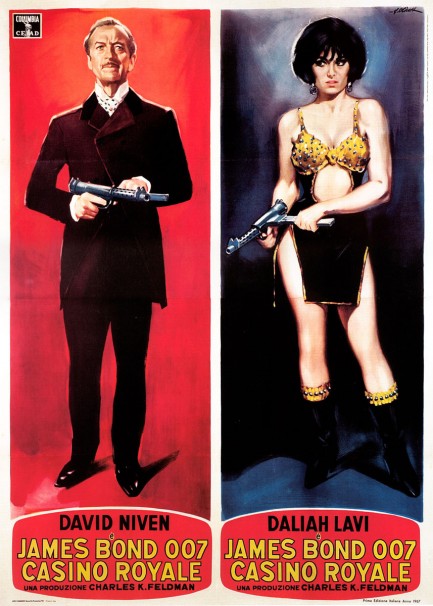 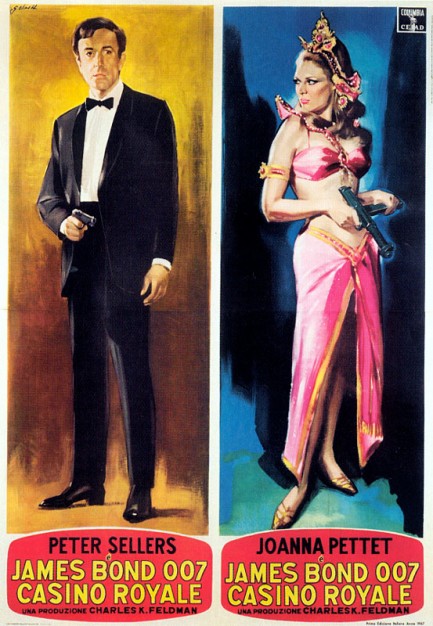 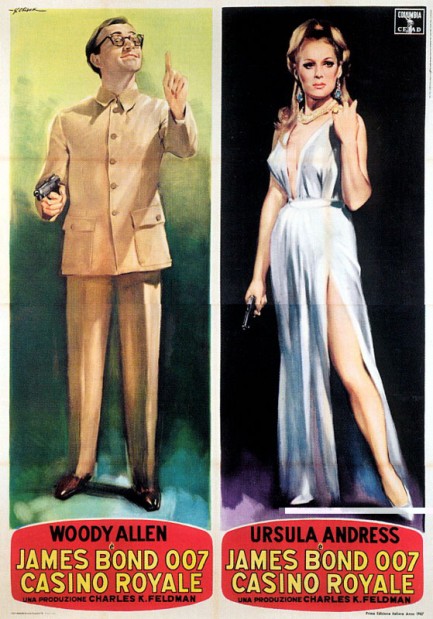
1967’s Casino Royale wasn’t a global Christmas movie in the sense that today’s films are, however it did premiere Christmas week in ten European countries, as well as today in Japan. The movie wasn’t good. Basic idea: Sean Connery is an imposter, so the real James Bond in the form of David Niven is coaxed out of retirement, and he comes up with a plan to confuse his arch enemies SMERSH by renaming all British agents—male and female—James Bond. Time’s review of Casino Royale was headlined “Keystone Cop Out,” and The New York Times’ Bosley Crowther was just as scathing, noting that “since it’s based more on slapstick than wit, with Bond cliché piled upon cliché, it tends to crumble and sprawl.”
But one thing about holiday blockbusters—past and present—is that they’re expensively promoted. The many posters produced to sell Casino Royale were top notch. A U.S. poster painted by the legendary Robert McGinnis remains one of his most iconic pieces, but we also like these Italian quattro foglio promos painted by the extensively and expensively collected Giorgio Olivetti. We saw a set of these asking $8,500 at an auction site. By contrast, below are several U.S. promos, not paintings but photo-illustrations, on which the film’s secondary players get starring roles. They aren’t nearly as collectible as the movie’s paintings, but they’re pretty, so we’re sharing them as well.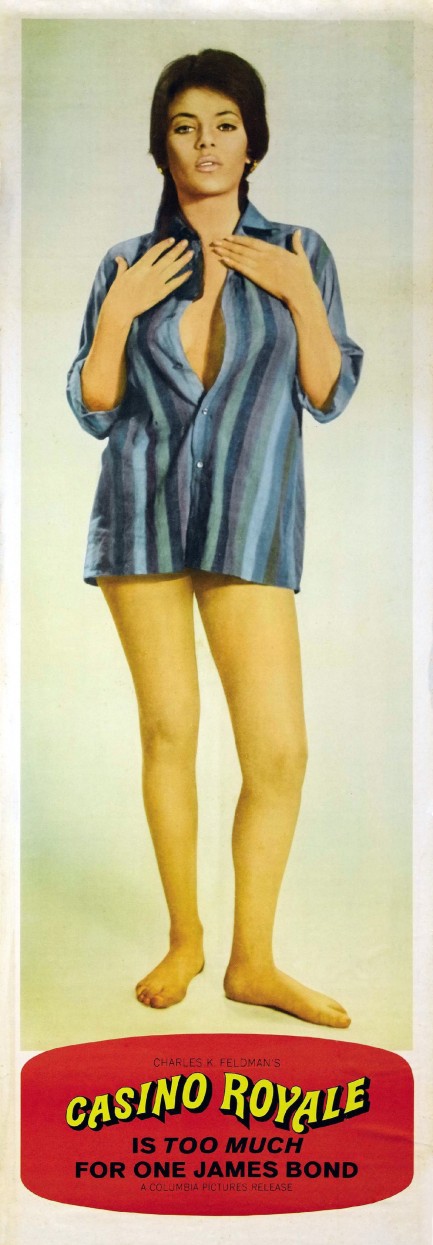 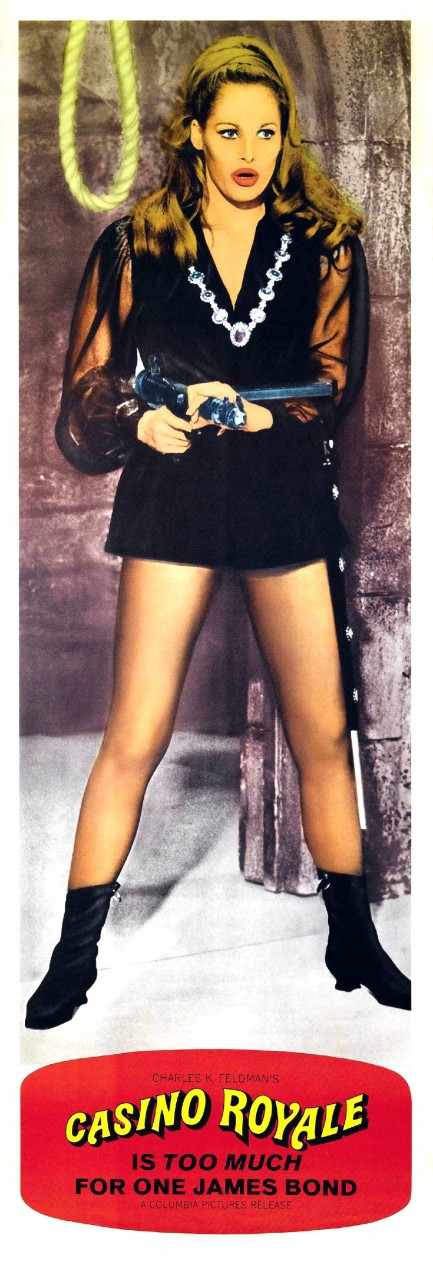 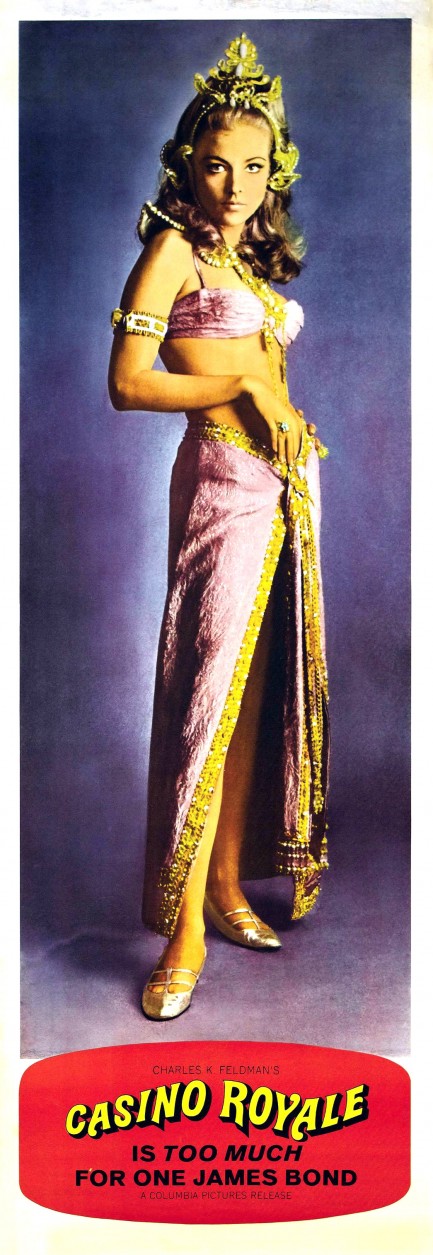 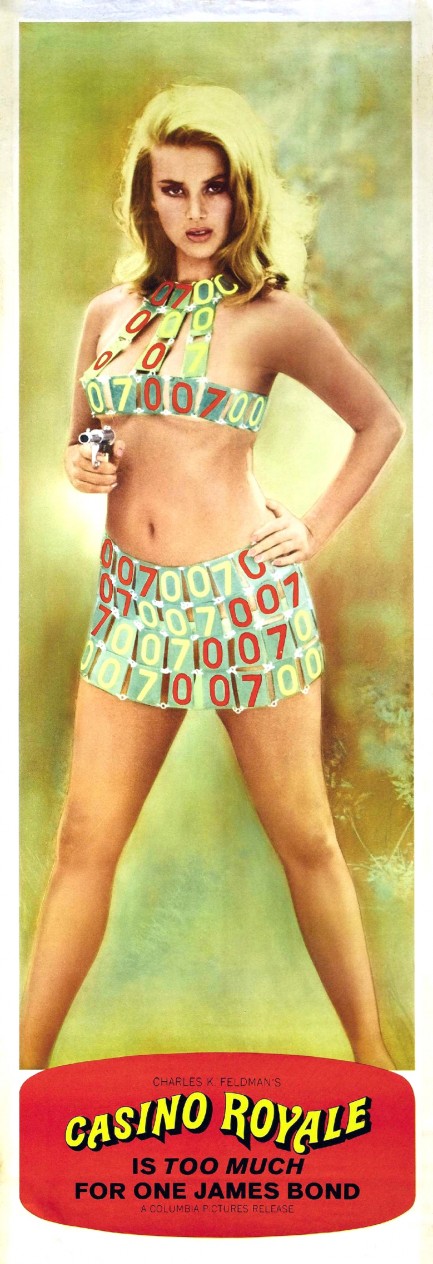 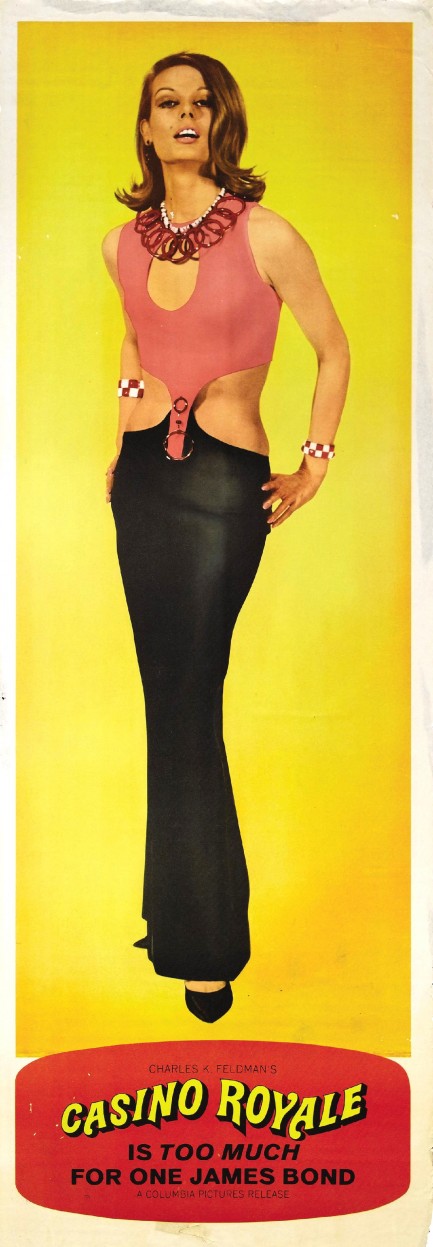 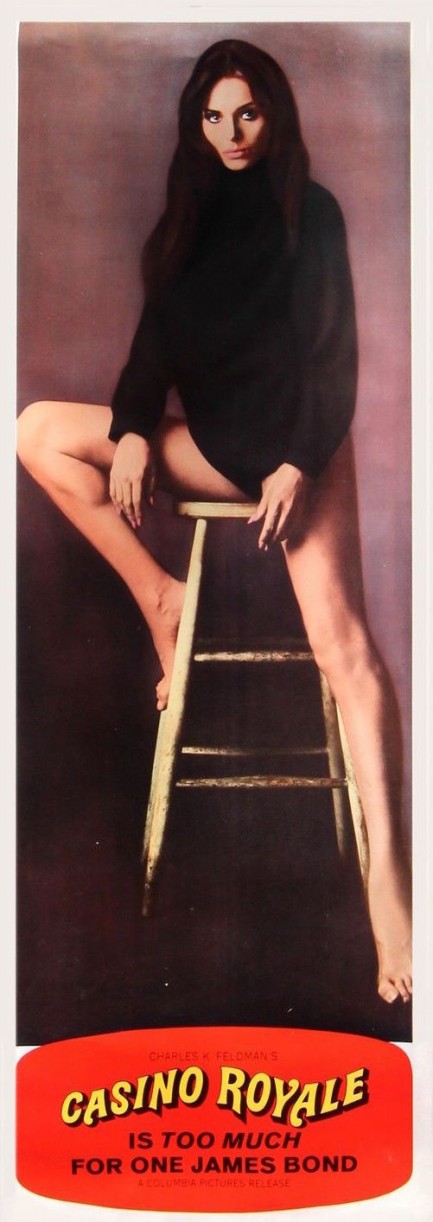
|
 |

The headlines that mattered yesteryear.
1945—Churchill Given the Sack
In spite of admiring Winston Churchill as a great wartime leader, Britons elect
Clement Attlee the nation's new prime minister in a sweeping victory for the Labour Party over the Conservatives. 1952—Evita Peron Dies
Eva Duarte de Peron, aka Evita, wife of the president of the Argentine Republic, dies from cancer at age 33. Evita had brought the working classes into a position of political power never witnessed before, but was hated by the nation's powerful military class. She is lain to rest in Milan, Italy in a secret grave under a nun's name, but is eventually returned to Argentina for reburial beside her husband in 1974. 1943—Mussolini Calls It Quits
Italian dictator Benito Mussolini steps down as head of the armed forces and the government. It soon becomes clear that Il Duce did not relinquish power voluntarily, but was forced to resign after former Fascist colleagues turned against him. He is later installed by Germany as leader of the Italian Social Republic in the north of the country, but is killed by partisans in 1945. 1915—Ship Capsizes on Lake Michigan
During an outing arranged by Western Electric Co. for its employees and their families, the passenger ship Eastland capsizes in Lake Michigan due to unequal weight distribution. 844 people die, including all the members of 22 different families. 1980—Peter Sellers Dies
British movie star Peter Sellers, whose roles in Dr. Strangelove, Being There and the Pink Panther films established him as the greatest comedic actor of his generation, dies of a heart attack at age fifty-four.
|

|
|

It's easy. We have an uploader that makes it a snap. Use it to submit your art, text, header, and subhead. Your post can be funny, serious, or anything in between, as long as it's vintage pulp. You'll get a byline and experience the fleeting pride of free authorship. We'll edit your post for typos, but the rest is up to you. Click here to give us your best shot.

|
|

















